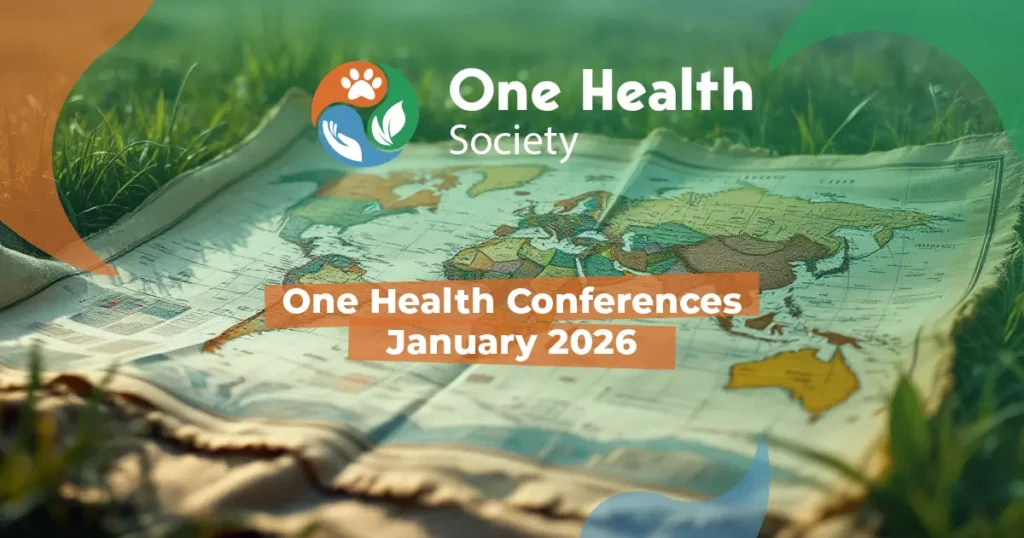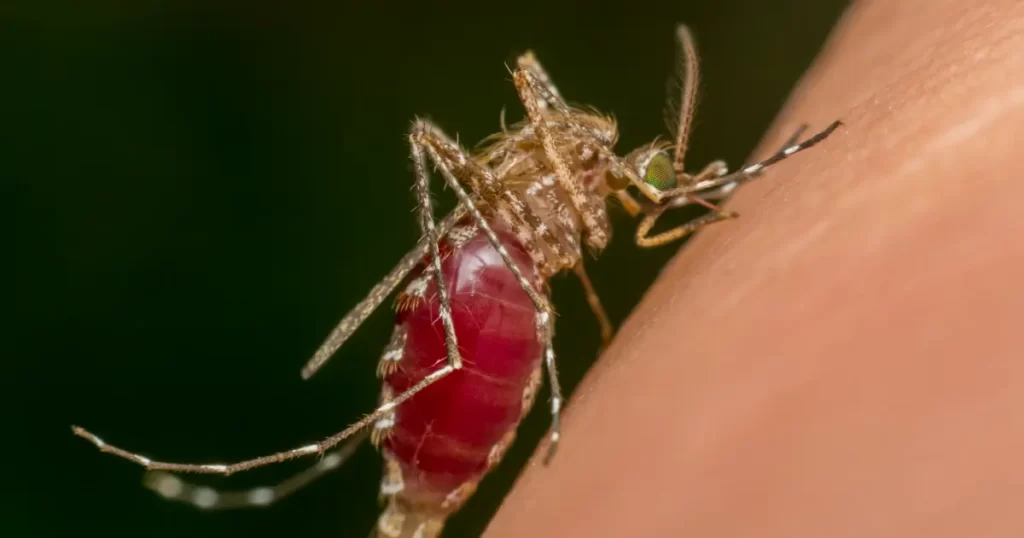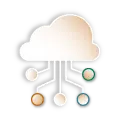Introduction
Few scientific breakthroughs have captured global attention like CRISPR-Cas9. From curing genetic diseases to engineering resilient crops, CRISPR is one of the most powerful tools in biotechnology. Yet its transformative potential cannot be realized without public understanding and informed debate. That is why Gene Editing in Health Education is no longer optional—it is essential.
Schools, universities, and training programs must prepare future generations to navigate the opportunities and ethical dilemmas CRISPR brings.
But how can education balance scientific innovation with social responsibility?
Understanding CRISPR and Its Promise
CRISPR (short for Clustered Regularly Interspaced Short Palindromic Repeats) was first discovered as part of a bacterial immune system. It helps bacteria defend against viruses by cutting foreign DNA. In 2012, scientists adapted this natural tool for gene editing. The result was a method that is faster, cheaper, and more precise than older techniques such as TALENs or zinc-finger nucleases [1].
Since then, CRISPR has been applied in human health, agriculture, and basic research. Medical advances are particularly striking. Trials are underway for conditions such as sickle cell disease, certain cancers, and rare genetic disorders. In the future, CRISPR may even help prevent hereditary conditions before birth, offering new hope for millions worldwide [2].
Why Gene Editing in Health Education Matters
Integrating Gene Editing in Health Education empowers students, healthcare professionals, and policymakers to make informed choices. Without it, societies risk leaving decisions about powerful technologies in the hands of a few experts.
Health education that includes gene editing achieves three goals:
- Scientific literacy: Students learn how CRISPR works and what it can do.
- Ethical awareness: Learners discuss questions of fairness, access, and possible risks.
- Public trust: Transparency in education builds confidence in scientific institutions.
Education also helps counter misinformation. Public fears about “designer babies” or genetic misuse often come from misunderstanding. By teaching gene editing early, schools prepare citizens not just to use technology, but to shape its future.
Ethical Dimensions and Public Debate
CRISPR raises important ethical questions. Should gene editing be used for human enhancement, not just for disease prevention? Who makes sure access to therapies is fair? And how do we guard against ecological or social consequences?
Bringing these questions into health education ensures future leaders are prepared to weigh risks and benefits. Students who explore ethics early are better able to make responsible decisions later.
CRISPR in the Classroom and Beyond
Some schools and universities are already leading the way. Lab kits allow students to experiment with harmless bacteria using CRISPR concepts. This makes abstract science hands-on and relatable. Online courses and open-access learning also expand reach, ensuring broader access to knowledge [3].
Beyond formal education, community workshops and science communication programs can demystify gene editing for the public. These initiatives ensure that decisions about CRISPR reflect diverse voices, not just those of scientists or policymakers.
A One Health Perspective on Gene Editing
The One Health framework shows the links between human, animal, and environmental wellbeing. CRISPR sits at the center of these connections. It can help reduce disease in livestock, create crops that withstand climate change, and improve human health. But without broad education, public acceptance of such innovations may falter.
Integrating Gene Editing in Health Education ensures that societies understand both the promise and the limits of CRISPR. This prevents misuse while helping maximize benefits [4].
Conclusion
CRISPR is more than a laboratory tool—it marks a turning point for society. Embedding Gene Editing in Health Education prepares future generations to use it wisely.
By promoting literacy, encouraging ethical debate, and ensuring broad participation, education turns CRISPR from a scientific breakthrough into a democratic tool for global health. Looking ahead, integrating CRISPR knowledge into health curricula will also prepare societies for new challenges—from pandemics to food insecurity and ecological crises. The future of medicine, agriculture, and the environment depends not only on innovation, but on how well we educate ourselves to use it.
References
- Doudna, J.A. & Charpentier, E. (2014). The new frontier of genome engineering with CRISPR-Cas9. Science, 346(6213), 1258096. https://doi.org/10.1126/science.1258096
- Frangoul, H., et al. (2021). CRISPR-Cas9 gene editing for sickle cell disease and β-thalassemia. New England Journal of Medicine, 384, 252–260. https://doi.org/10.1056/NEJMoa2031054
- Hsu, P.D., Lander, E.S., & Zhang, F. (2014). Development and applications of CRISPR-Cas9 for genome engineering. Cell, 157(6), 1262–1278. https://doi.org/10.1016/j.cell.2014.05.010
- Baylis, F. (2019). Altered Inheritance: CRISPR and the Ethics of Human Genome Editing. Harvard University Press. https://doi.org/10.4159/9780674241954













